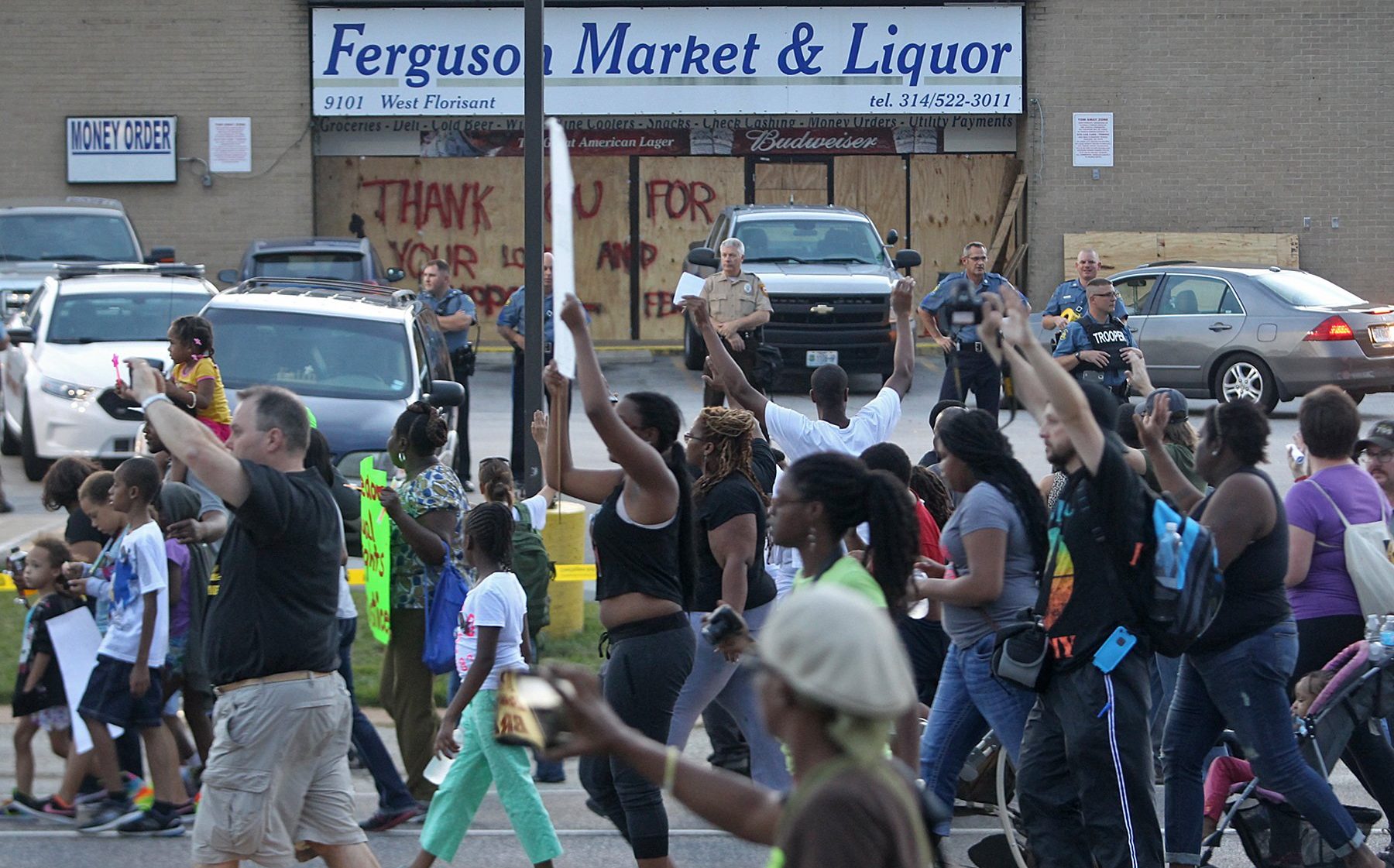Where one lives in America has the ability to shape their life forever. Unfortunately, the quality of schools can often be tied to the neighborhoods they serve. More importantly, there is a large achievement gap between black and white students. The achievement gap can stem from a number of issues but segregation often reinforces the problems and promotes inequality between races. White flight and income inequality have changed the capacity that schools operate in America causing a growing achievement gap.
The Civil Rights Era altered the racial composition of neighborhoods and schools to this day. “Millions of relatively affluent white families left the cities for adjoining suburban communities, a process abetted by newly built freeways and mass transit systems in many metropolitan regions, along with favorable mortgage terms and new housing stock available to whites” (Rury & Rife, 2017). The migration of whites to the suburbs became known as “white flight.” A result of this movement was increased segregation between blacks and whites and money leaving urban areas that contributed to funding schools and providing the necessary resources for a successful education. To this day, white flight has caused many problems for urban areas and increased the inequality between blacks and whites.
A measure that researchers use to analyze students performance is test scores. Although this may not be the best method to determining the success of a student, it’s a method that we have to rely on. “Since 1990, white students have scored nearly a standard deviation higher on reading and math achievement tests than black students” (Owens, 2016). While this is an alarming statistic that should be addressed, it’s important to note that black students are often disadvantaged using these scores. Owens claims that, “black students attend schools with poverty rates that are, on average, double that of white students’ schools” (Owens, 2016). Because public schools are partially funded from the taxes of families in the school district boundaries, schools in poverty will likely have less resources than more affluent schools. Again, the income disparity between black and white neighborhoods contributes to the achievement gap.
“Racial discrimination and prejudice in the housing market, racial differences in wealth, and racially stratified residential preferences and locational networks contribute to these disparities” (Owens, 2016). The Kansas City metropolitan area experienced much of this discrimination between urban and suburban areas. For example, a suburban neighborhood, “Raytown aggressively discouraged African-Americans from considering it as a place to live or get an education and viewed the prospect of African-Americans settling in the district as a threat to this vital shared resource” (Rury & Rife, 2017). This blatant racism contributes to the inequality between black and white students.
Segregation is still very prevalent today and our society as a whole is suffering the consequences. Through increased segregation, the achievement gap will continue between black and white students. New policy must be enacted to change this pattern that could stem from neighborhoods and communities organizing to dive a change.
